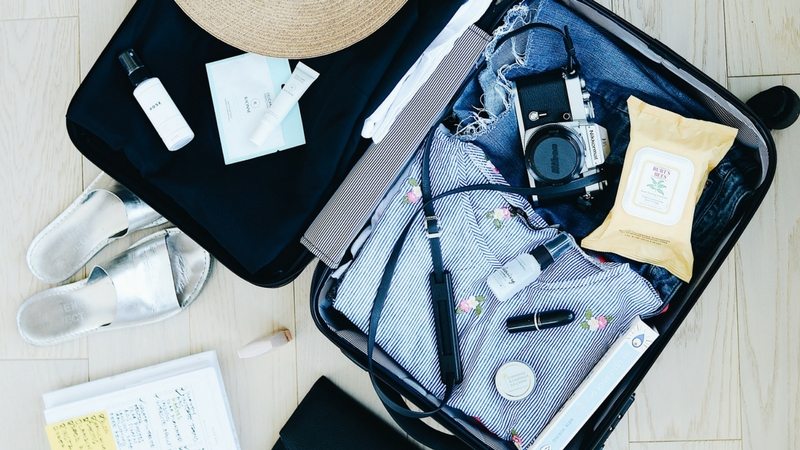Packing Your Bags
Episode #6 of the course How to prepare to study abroad by Susanna M. Olson
The time has come. It’s really happening. It’s time to pack your bags. In this lesson, we will discuss smart ways to pack for studying abroad.
Take It with You
Clothing. Prepare yourself to pack about 20% less than you think you need. Getting stuff across the ocean and back is a huge hassle. Plus, you may be buying a substantial amount of clothing/souvenirs while you are there, so save room in your suitcase.
As you choose the clothing to bring with you, make sure to research local customs and dressing habits. For example, Americans tend to dress more casually than the rest of the world. At many American universities, it would be perfectly acceptable for you to walk into class in a t-shirt and shorts. However, that same outfit might earn you disapproved stares in a different country.
Also, remember to consider the new climate. The specific items you’ll need to bring should be catered to the weather where you are going to live.
If possible, contact someone with an inside knowledge about the culture and climate of the region you are moving to, be it a former study abroad student from your school, a friend from a university club Facebook page, or even an employee at your host’s university’s international office.
Pro tip: If your host university has an international office, reach out! Find their email address or social media accounts. The employees at these offices can be a great source of information. In some cases, they can connect you to local students who can guide you through packing questions and any other concerns you have.
Other Items. Once you’ve figured out your wardrobe based on the culture and climate of your new home, it’s time to finish packing with the non-clothing necessities. Here is a quick list of things to make sure you fit into your bag:
• computer, phone, other devices
• chargers
• power and socket adaptors (don’t forget to check your destination’s power voltage and socket types—chances are that your new home will not have what you are used to, so you’ll need adaptor plugs and a power convertor)
• extra glasses/contacts (if applicable)
• backpack (for textbooks and weekend treks)
• sleeping bag (if you plan to do budget traveling and/or plan to stay in a youth hostel)
• medications and prescriptions (if they are not available in your host country)
• personal journal (if it’s not a digital one)—we’ll talk about this in more details in a later lesson
Leave It at Home
Things to leave home include:
Blow dryers/flat irons/curling irons. Due to the voltage difference, you are likely to blow a fuse and/or ruin your equipment.
Books. Download your favorite e-books onto a digital reader, computer, or phone. It will save you a lot of suitcase space, weight, and stress.
Shampoo/soap and other daily necessities. Unless you use speciality products unavailable in your host country, it is usually easier and less hassle to buy most of your toiletries when you arrive.
Pro tip: Pack travel-sized amounts of soap, toothpaste, and other bare necessities in your carry-on. That way, you won’t have to make shopping your first priority as you deal with all the changes in the first couple days.
Now you are ready to fly, fly away! In the next lesson, we will discuss how to budget your most important resource (yes, even more important than money): your time!
Recommended reading
The Complete Study Abroad Packing List
Recommended book
The Carry-On Traveller: The Ultimate Guide to Packing Light by Erin McNeaney
Share with friends

